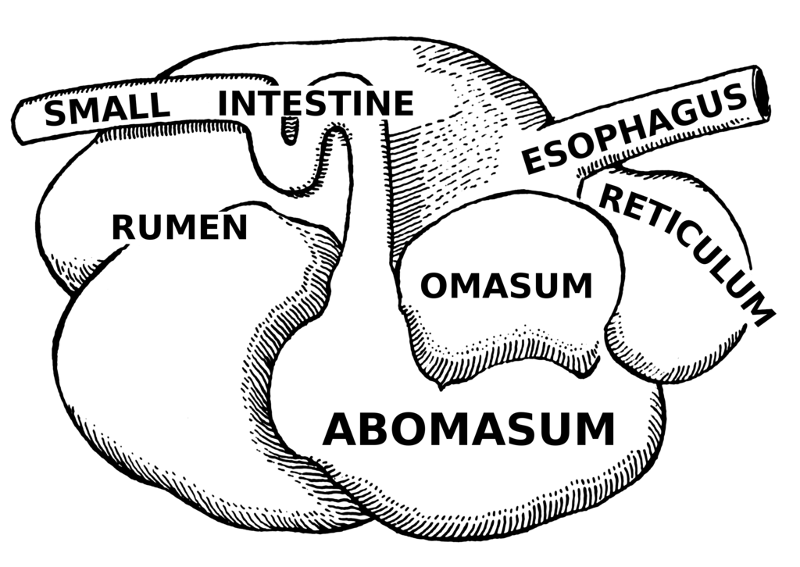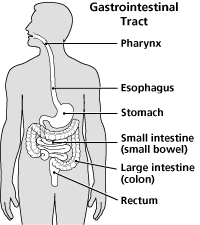Both Cellular respiration and fermentation ordinarily begin with what molecule?
Glucose
What role does cellular respiration play in the metabolism of an organism?
Cellular respiration convert large molecules into sources of energy that they can manage.
Is fermentation an effective method of making energy for cells?
No for the most part it reduces NAD+ to NADH and in turn cause problems, due to excess NADH.
Why does the substrate (sugars we use) used make a difference in the amount of ATP and carbon dioxide that is produced during fermentation?
Because we have higher glucose it is going to be more efficiently used.
Why is it important to have optimal temperature and PH for cells to carry our cellular processes?
If its not at the optimal temperature or PH the cell can end up failing at it's respective job.
List and explain two examples where humans use fermentation commercially.
The alcoholic beverages that can be produced by fermentation vary
widely, depending primarily on two factors—the plant
that is fermented and the enzymes used for fermentation
Beer is
the fermentation product of barley, hops, and/or malt sugar.
Antibiotic can be fermented if no other commercially efficient method is available. For example, the important drug cortisone can be prepared by the fermentation.
What is the difference between fermentation and cellular respiration?
Fermentation and cellular respiration differ in that fermentation does not require oxygen while cellular respiration does. Fermentation and cellular respiration are also different because water molecules are not produced during fermentation but are produced during cellular respiration. All fermentation reactions occur in the cell's cytoplasm but during cellular respiration, only glycolysis occurs in the cytoplasm. Lastly, fermentation produces a net gain of 2 ATPs while cellular respiration produces a net gain of 32 ATPs.
What is chemical reaction for cellular respiration?
C₆H₁₂O₆ + 6O₂ → 6CO₂ + 6H₂O + energy
The equation expressed in words would be
glucose + oxygen → carbon dioxide + water+ energy
Deamination?
Deamination is the bodily process in which amino groups are removed from excess proteins. This happens most often in the liver, though it also occurs in the kidneys. This process allows the system to convert excess amino acids into usable resources such as hydrogen and carbon. The process also plays a vital role in removing nitrogen waste from the body. Amino groups discarded as a result of the process are converted into ammonia, which is later expelled from the body through urination.
What is substrate level phosphorylation?
the formation of high-energy phosphate bonds by phosphorylation of
ADP to ATP (or GDP to GTP) coupled to cleavage of a high-energy
metabolic intermediate.
Phosphorylation just means
adding of phosphate. Substrate is just whatever is available, in this
case GDP.

Rumen
the first stomach of a ruminant, which receives food or cud from the esophagus, partly digests it with the aid of bacteria, and passes it to the reticulum. ie cow
Ruminants, don't need to know this
Ruminants are mammals that are able to acquire nutrients from plant-based food by fermenting it in a specialized stomach prior to digestion, principally through bacterial actions. The process typically requires the fermented ingesta (known as cud) to be regurgitated and chewed again. The process of rechewing the cud to further break down plant matter and stimulate digestion is called rumination. There are about 150 species of ruminants, which include both domestic and wild species. Ruminating mammals include cattle, goats, sheep, giraffes, yaks, deer, antelope, and some macropods.[3]
What is the net production of ATP from glycosis?
What is the overall?
What is it from the Krebs cycle?
2 ATP produced (least)
36 - from electron transport change - most ATP produced (most)
4 ATP produced
Osmosis -
move high to low, Osmosis is the spontaneous net movement of solvent molecules through a semi-permeable membrane into a region of higher solute concentration, in the direction that tends to equalize the solute concentrations on the two sides.
Chemiosmosis
movement of chemicals, high and low, is the movement of ions across a selectively permeable membrane, down their electrochemical gradient. More specifically, it relates to the generation of ATP by the movement of hydrogen ions across a membrane during cellular respiration or photosynthesis.
Fermentation occurs in
yeast, some animals
produces ethonol
What are the purpose?
NAD+ / NADH
FADH / FADH2
They are transporters to the electron transport train.
Redox reaction
oxidation -
reduction -
is a oxidation reduction reaction
loss of electrons e-
gain of electron e+
Where does cellular respiration occur?
in the cell / cytoplasm
Exergonic-
Endergonic-
An exergonic process is one in which there is a positive flow of energy, release of energy
Endergonic is a consumption of energy
Electronic Transport Train
ATP Synthesis (to make or put together) is making substrate level phosphorylation.
Compare Herbivore, Carnivore
Herbivores are animals which only eat plant material. This means leaves, flowers, fruits or even wood. Sheep, horses, rabbits and snails are well known examples of herbivores which eat grass and leaves.
Carnivores eat meat. A carnivore is a predator because it has to find and catch its prey. Some carnivores, such as wolves, hunt in a group called a pack.
Cecum
In herbivores, the cecum stores food material where bacteria are able to break down the cellulose. ie rabbit
Omnivore teeth structure - purpose of teeth
Molars
Incisors
Canines
Molars - grinding teeth patterns on posterior teeth
Tongue - used to move feed to teeth
Teeth Specializations
Incisors - piercing and ripping cusps on anterior teeth
Canines - tear food, These teeth have one cusp, or pointed edge, and are used for holding or grasping food, and are very strong, stable teeth.

Digestive system order and what they do?
Mouth - Breaks down foot particles, Salivary glands moisten and lubricate food, Pharynx - Swallows, Esphagus - transports food, Stomach - stores and churns food, Small Intestine - completes digestion, Large Intestine - reabsorbs water, ions and vitamins, stores waste, Rectum - expels waste, Anus - opening for waste elimination
Pancreas
Pancreas - regulates blood glucose levels, bicarbonates neutralize stomach acid
Liver
Liver - breaks down and builds up many biological molecules, stores vitamins and iron, destroys old blood cells, destroys poison, and produces bile.
Villa in small intestine
Intestinal villi (singular: villus) are small, finger-like projections that protrude from the epithelial lining of the intestinal wall.
Essential Substances
oxygen, water, proteins
with about 10 essential amino acids,
lipids with at least 2 groups of essential fatty
acids,
carbohydrates of different
typesabout
16 minerals / trace
elements,
about 14 vitamins /
provitamins,
a diverse number of other substances.
Mastication
Mastication or chewing is the process by which food is crushed and ground by teeth. It is the first step of digestion, and it increases the surface area of foods to allow more efficient break down by enzymes. During the mastication process, the food is positioned by the cheek and tongue between the teeth for grinding and mixed with fluid secretions.
BMR rate is?
Basal Metabolic Rate is the minimum rate of energy consumption. It is relatively constant for a given individual. Exercise raises the metabolic rate above the basal levels, so the amount of energy the body requires per day is determined not only the BMR but also by the level of physical activity.